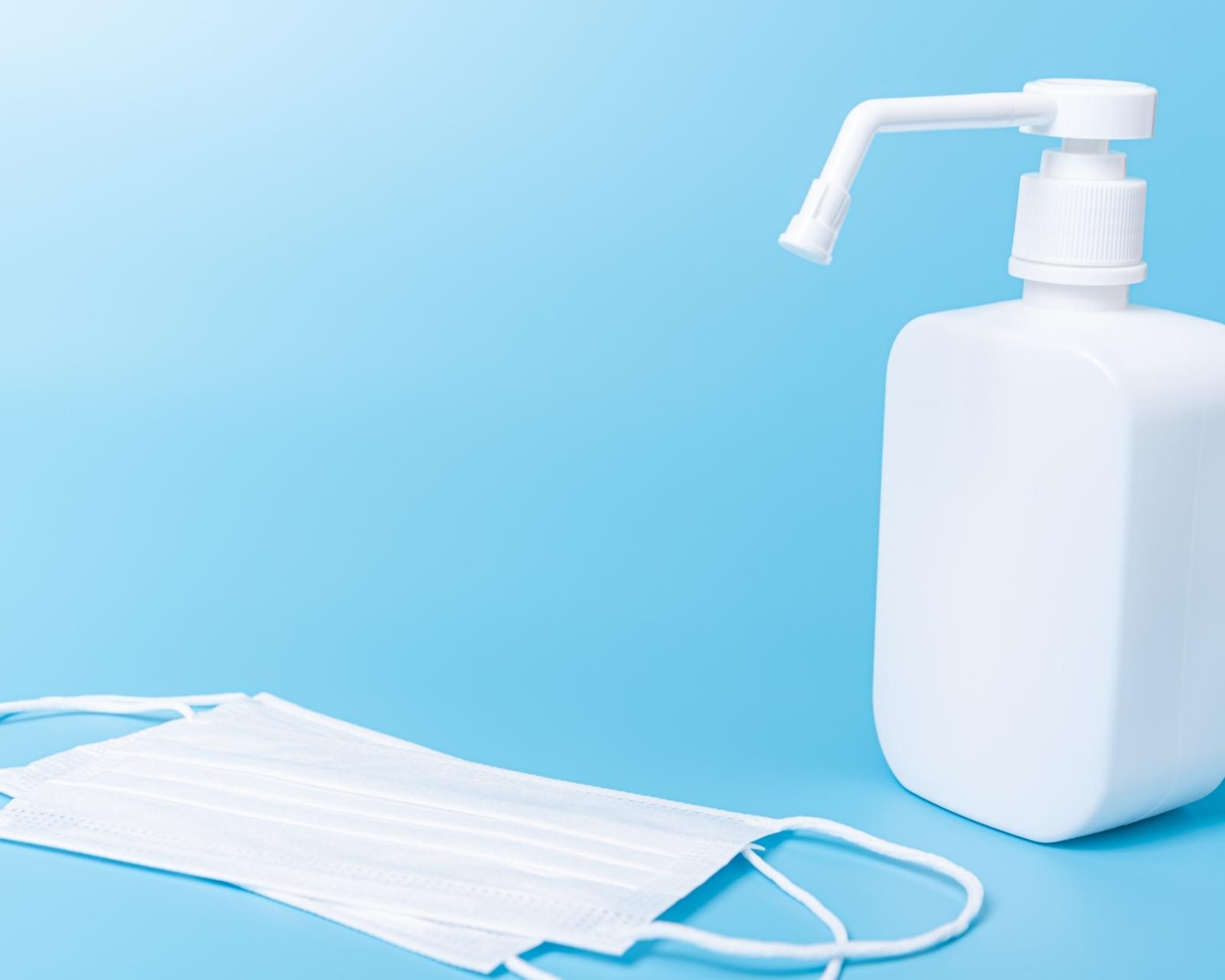Nursing SWOT Analysis: Know your Strengths and Weaknesses!
A SWOT analysis is a planning tool used to evaluate the Strengths, Weaknesses, Opportunities, and Threats involved in a project or business venture. The analysis can be conducted by individuals or groups, and it can be used for marketing purposes, strategic planning, or risk assessment. The results of a SWOT analysis can help individuals and businesses make better decisions about their projects and operations.
Introduction: What is a SWOT analysis?
A nursing SWOT analysis is a planning tool used to evaluate the Strengths, Weaknesses, Opportunities, and Threats involved in a project or business venture. The analysis can be conducted by individuals or groups, and it can be used for marketing purposes, strategic planning, or risk assessment. The results of a SWOT analysis can help individuals and businesses make better decisions about their projects and operations.
A SWOT analysis is an acronym that stands for strengths, weaknesses, opportunities, and threats. It’s a strategic planning method that helps individuals or groups identify their most important internal factors and external factors in order to manage the business or project more effectively.
Strengths: What are some strengths of nurses?
There are many strengths of nurses. They are some of the most highly trained and educated professionals in the world. Nurses are able to care for patients in a variety of ways, from providing basic needs such as food and water, to administering medication and treatments. Nurses also have a unique understanding of the human body and how it works, which allows them to provide valuable health information to their patients. Additionally, nurses are often able to develop close relationships with their patients, which can help improve patient outcomes.
Weaknesses: What are some weaknesses of nurses?
There are many weaknesses of nurses. One weakness is that nurses often work long hours and may be overworked. This can lead to fatigue and make it difficult for nurses to provide quality care to their patients. Nursing is also a physically demanding job, and nurses can be injured if they are not careful. Nurses also need to be able to communicate effectively with patients and their families, and some people may find this challenging. Nurses also need to be able to handle difficult situations, such as dealing with death or caring for patients who are in pain.
Opportunities: What are some opportunities for nurses?
There are many opportunities for nurses. Nurses can work in a hospital, clinic, or private practice. Nurses can also work in the public or private sector. Nurses can specialize in a certain area of nursing, such as pediatric nursing or critical care nursing. Nurses can also work in administration or management.
Threats: What are some threats to nurses?
Nurses are one of the most important members of the medical team. They are on the front line, taking care of patients and working closely with doctors. It is essential that nurses are able to work in a safe environment. Unfortunately, there are many threats to nurses’ safety.
Some of the most common threats to nurses include: violence from patients or their families, hazardous materials, infections, and workplace injuries. Violence from patients or their families is a serious problem for nurses. In some cases, they can be seriously injured or even killed. Nurses also face a risk of exposure to hazardous materials such as radiation, toxic chemicals, and blood-borne pathogens. Infections can also be a serious threat to nurses’ safety. They can spread easily from patient to patient and can be difficult to treat. Workplace injuries are another major hazard for nurses.

Basic nursing SWOT analysis, precisely identifying the Strengths, Weaknesses, Opportunities and Threats.
Strengths
Weaknesses
Opportunities
Threats
Six strategic directions
Every hospital should adapt the six different directions as follows:
- Customer Perspective
- Employee Perspective
- Financial Perspective
- Continuous Improvement Perspective
- Community Perspective
- Learning Growth Perspective

Customer Perspective:
Goals
Objectives
Target
Customer Perspective Action Plan
| Activity | Responsible party | Timeline for achievement | Resources needed | Evaluation indicators | Status of progress |
|---|---|---|---|---|---|
| Strengthen the nursing competency program with the influx of new staffs and fully implement additional competencies required for local and international accreditation requirements. | Nursing education unit | Second quarter | Office Supplies Reference materials (books) | All staff completed the required competencies. | Implementation of the new competencies has commenced and is ongoing for all staff in the areas. |
| Increase opportunities for training in and outside hospital venues. | Nursing education unit | Annually | Financial allocation | Attendance sheets and certificates | In-hospital training conducted. Request for life support training to be forwarded to a certified training center for PALS, NRP and ATLS. |
| Increase participation with QI activities. | Nursing QI coordinator and all nursing staff | Annually | Over head projector, computer and officer supplies | Attendance sheets and Nursing QI annual report | Activities are ongoing; monthly lectures already planned and scheduled. |
| Improve compliance to the international patient safety goals. | Nursing QI coordinator, all nursing staff and NQI team | Annually | Hospital supplies, equipment and manpower | Annual QI report | Monthly monitoring is conducted and reports are being consolidated. |
| Decrease incidence of patient injury in the hospital. | Nursing QI coordinator and all nursing staff | Annually | Hospital supplies, equipment and manpower | Annual QI reports and submitted incident reports | Monthly monitoring is ongoing and incident reporting are made, filed and taken action. |
| Conduct of drills to assess readiness in case of true hospital emergency codes. | Head nurses, nursing Supervisors, FMS department | Annually | Hospital supplies, equipment and manpower | Attendance sheets and certificates | Fire drills and mock hospital code drills were conducted in some areas, others are scheduled already. |
Employee Perspective:
Goals
Objectives
Target
Employee Perspective Action Plan
| Activity | Responsible party | Timeline for achievement | Resources needed | Evaluation indicators | Status of progress |
|---|---|---|---|---|---|
| Acquisition of books and reading materials for research and references. | Nursing education unit and the nursing director. | Second quarter of the year | Financial allocation | Purchased books and reference materials plus reports from medication supervisor | New edition of Lippincott Manual of Nursing Practice and other specialty reference books i.e. AACN and AORN has been purchased and distributed to the areas for their use. Anatomy and physiology and emergency nursing reference book to be purchased. |
| Workload analysis | Head nurses nursing supervisor nursing quality improvement coordinator and nursing director | End of the year | Ward Data (census, bed occupancy, etc) and office supplies | Nursing quality improvement coordinator report and director of nursing annual report | Reviewing staffing plan in every ward |
| Develop and implement a training program for all nursing staff | Nursing education unit | Annually | Financial allocation and office supplies | Yearly training program schedule attendance sheets and certificates | Nursing education is keeping track of the staff due for training renewals and other needed trainings |
| Orientation of new hired nursing staff and competency evaluation to both new hired and existing nursing staff | Nursing education unit and head nurses | To be completed on respective due dates | Office supplies | Accomplished and updated competency evaluations | Ongoing competency evaluations are done in all the units |
|
Develop and implement a retention plan to decrease turnover rate
|
Nursing director | For coming year | Financial allocation and manpower | Director of nursing annual report and the staff retention rate | Concerns of the staff mentioned in the exit form for last year shall be aggregated and interpreted |
| Open more opportunities for outside Hospital trainings lectures and seminars | Nursing education unit and director of Nursing | Annually | Financial allocation and manpower | Attendance sheets, certificates and annual report of nursing education unit for the last year |
Some staff has been sent already for training while others are already scheduled for upcoming trainings
|
| Conduct staff satisfaction survey | Nursing quality improvement coordinator and quality management department | Annually | Office supplies | Annual employees satisfaction survey report | Some reports for staff satisfaction surveys has been consolidated |
Financial Perspective:
Goals
Objectives
Target
Financial Perspective Action Plan
| Activity | Responsible party | Timeline for achievement | Resources needed | Evaluation indicators | Status of progress |
|---|---|---|---|---|---|
|
Provide training activities relevant to hospital setting specially outside Hospital venues
|
Nursing education unit and nursing director
|
Annually | Financial allocation and manpower | Attendance sheets, certificates and annual report of nursing education unit supervisor | Some staff has been sent already for training while others are already scheduled for any upcoming trainings |
| Employee experience and competent nurses through recruitment mechanism | Nursing director | Anually | Financial allocation | Nursing director annual stuffing report | Central nursing office is conducting verification on the employed nursing staff in hospital |
|
Regular checking of the hospital equipment and machines
|
Head nurses all nursing staff and maintenance department | Daily for nurses and as per request for maintenance department |
Financial allocation and office supplies
|
Compilation of equipment monitoring sheets and maintenance report |
This system was already established in the areas
|
| Acquisition of latest model of equipment and machineries |
Director of Nursing
|
Annually | Financial allocation | Copies of purchase request forms and filed equipment distribution forms | New equipment already in use in the unit |
| Proper utilization of paramedical, stationary, laboratory items, linens and equipment | Head nurses, nursing staff and the nursing supervisors | Annually | Manpower | Annual unit/ward report | All units are conducting monitoring and inventory of the equipment, linens etc. in their area |
Continuous Improvement Perspective:
Goals
Objectives
Target
Continuous Improvement Perspective Action Plan
| Activity | Responsible party | Timeline for achievement | Resources needed | Evaluation indicators | Status of progress |
|---|---|---|---|---|---|
| Conduct Awareness of the importance of reporting risk events in hospital nursing | Quality improvement coordinator | Annually | Overhead projector computer office supplies | Attendance sheet, certificates and annual report of quality improved in nurse coordinator | Nursing quality improvement coordinator contacts lectures on incident and Sentinel event reporting |
| Workload analysis | Head nurses, nursing supervisors, nursing quality improvement coordinator and nursing director | Semi-annually | Ward data (census, bed occupancy, etc.)and office supplies | Nursing quality improvement coordinator and nursing director annual report | Staffing plan in every ward is currently reviewed |
| Participate in clinical monitoring activities in hospital | Nursing quality improvement coordinator, the nursing quality improvement team and quality management department | Quarterly | Office supplies | Compiled copies of unit focus-pdca projects and nursing quality coordinator annual report | Quarterly clinical monitoring is now conducted randomly in the area. |
| Develop and implement per unit quality project using FOCUS-PDCA | All nursing staff, nursing quality improvement coordinator and quality management department | Hospital year | Financial allocation and office supplies | Compiled copies of unit focus-pdca projects and nursing quality coordinator annual report | To identify 1 FOCUS PDCA for the Nursing Department for the year and then identify area specific FOCUS PDCAs. |
| Conduct root cause analysis for hospital events with adverse effects patients | Nursing quality improvement coordinator, nursing director and quality management department | Per occurrence | Office supplies | Nursing quality improvement coordinator report | This activity is already established in hospital |
| Monitoring and reporting of nursing quality indicators | Nursing quality improvement coordinator and nursing quality improvement team | Annually | Office supplies | Nursing quality improvement coordinator or annual report |
Monthly monitoring on nursing quality indicators are being done
|
Community Perspective:
Goals
Objectives
Target
Community Perspective Action Plan
| Activity | Responsible party | Timeline for achievement | Resources needed | Evaluation indicators | Status of progress |
|---|---|---|---|---|---|
| Increase Awareness of newly opened Hospital services | Nursing quality improvement coordinator |
Annually
|
Office supplies | Reading materials, leaflets, brochures and annual report of nursing quality improvement coordinator | Hospital renovation are ongoing and new services or soon to be opened |
| Conduct inpatient and outpatient satisfaction survey | Nursing quality improvement coordinator, social worker and quality management department | Annually | Office supplies |
Annual patient satisfaction survey report
|
Last year patient satisfaction survey report has been consolidated |
| Improve staffing in the hospital units including out-patient department | Nursing director | Hospital year | Financial allocation and manpower | Nursing director annual staffing report | Staffing plan in every ward is currently reviewed |
| Acquisition of additional equipment and Hospital supplies | Nursing director | Annually | Financial allocation | Copies of purchase request forms | Some new equipment received and is already used in the unit |
| Staffing of new clinical areas in the hospital | Nursing director | Annually | Financial allocation and manpower | Staffing plan for new area | Hospital renovation are ongoing and new services or soon to be opened |
Learning Growth Perspective:
Goals
Objectives
Target
Learning Growth Perspective Action Plan
| Activity | Responsible party | Timeline for achievement | Resources needed | Evaluation indicators | Status of progress |
|---|---|---|---|---|---|
| Increase educational activities and training including inter-unit and cross training and outside hospital venues | Nursing education unit and nursing director | Annually | Financial allocation and manpower | Attendance sheets, certificates and annual report of nursing education unit supervisor | Some staff has been sent already for trainings while others for already scheduled for any upcoming training |
| Implement quality standards and guidelines consistent with hospital quality management plan | Nursing quality improvement coordinator and nursing director | Annually | Financial allocation, manpower and office supplies | Nursing quality improvement coordinator report, director of nursing annual report and filed documentation of quality plans and implementation | Unit quality projects are currently ongoing |
| Participate actively in the tracer methodology conducted by a multidisciplinary team in hospital | Nursing quality improvement coordinator, nursing education unit, nursing director and quality management department | Annually | Office supplies, files and records | Attendance sheets, tracer methodology team reports | – |
| Implement new nursing competencies required in preparation for accreditation | Nursing education unit | First quarter of hospital year | Office supplies and reference books | Ongoing training for new competencies in preparation for competency assessment procedure | Implementation of new competencies is started in all the relevant areas |
Conclusion:
This strategic plan is a clear and concise strategy towards achieving our vision that:
“the nursing department will inspire excellence in nursing care provision through knowledge sharing and leadership.”
The formulation of the strategic plan is the biggest challenge to the department’s leadership to ensure its sustainability in planning, implementing and maintaining its gains. A systematic implementation will guarantee that it is not just a document for presentation but instead a blueprint that guides actions for continuous improvement.
Essential considerations will have to be made to ensure that the plan is carried out and that the progress is visible. It has to be disseminated to elicit awareness and cooperation among the people in the department. Committees/working groups should be organized and to ensure sustainability and commitment towards one goal. Regular monitoring should be Conducted to ascertain that the plan is realistic and attainable.














